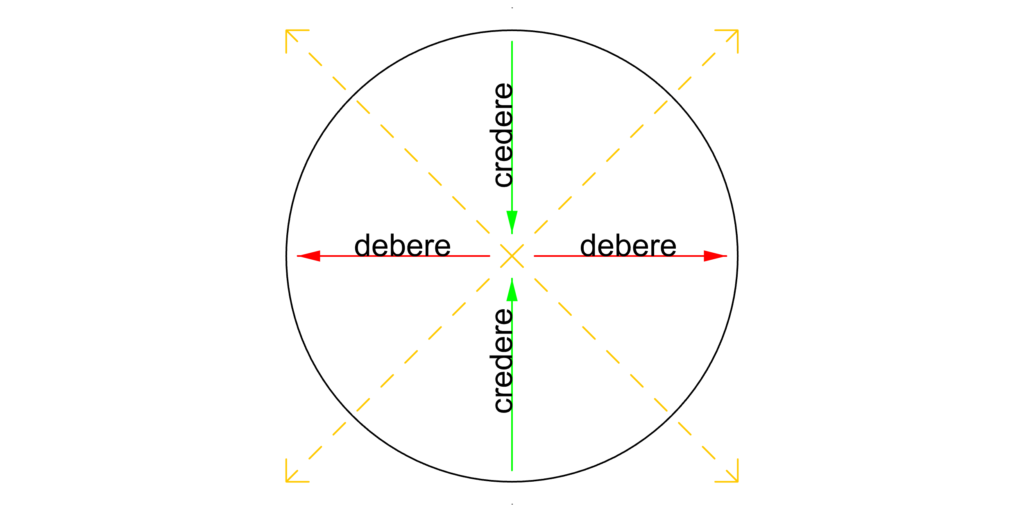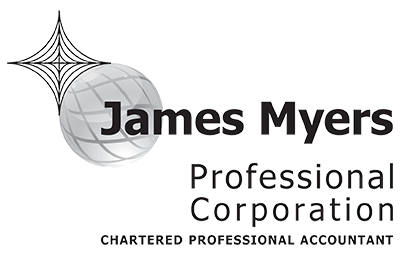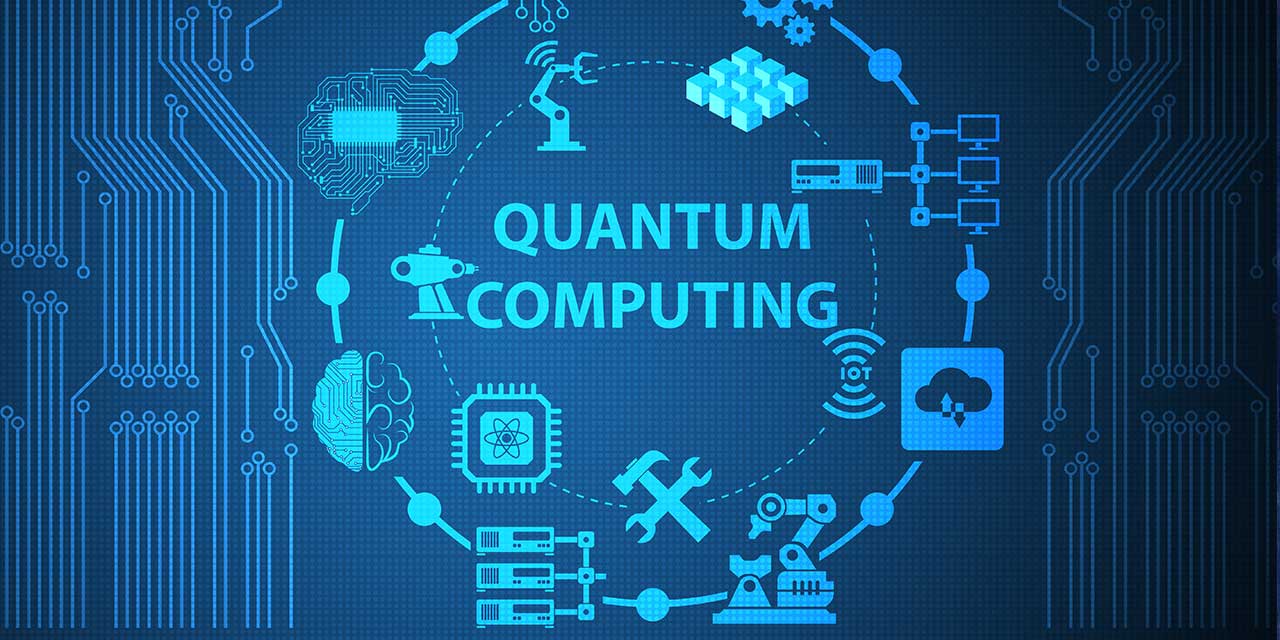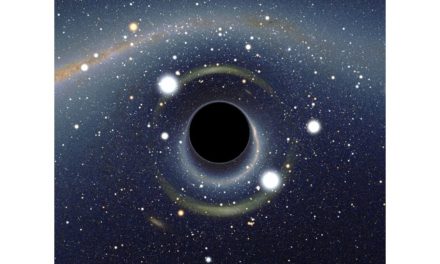The quantum computer revolution may soon be upon us, delivering computing speed far faster than the fastest machines today can manage. Many financial transactions are now automatically processed by computers – think, for example, of automatic subscription renewals that are charged to your credit card annually.
Are accounting processes prepared to handle the speed and transaction flow of quantum computers? Today’s computers (call them “conventional” computers) manage transactions with electrical signals that transmit in a binary process. Think of a binary process as a straight line, with one end of the line being the beginning of the signal and the opposite end of the line being the end of the signal. Electrical signals in conventional computers travel in straight lines from beginning to end, and so we always know at which points transactions start and finish. Identification of the difference between the beginning and end of any transaction is fundamental to accounting.
The quantum computer promises to dispense with the binary process of conventional machines, and do away with beginning and end in the process. Once physicists and chemists resolve the challenges to developing a quantum machine (it has to be maintained in a supercool and stable environment), signals in quantum transmission will be simultaneously both beginning and end – in other words, the signals will be both on and off at the same time. While binary signals require time to transmit in straight lines from beginning to end, quantum signals will simultaneously encompass all phases of the transaction flow.

Perhaps at this point we will have to understand the basis of all transactions in belief, as Luca Pacioli implied with the two words that accountants across the world use to distribute every transaction in equal and opposite measure. When debit and credit – belief owed and belief received – go full-circle we will need to understand symmetry in functions of belief in order to focus accounting on the middle of every circle.





